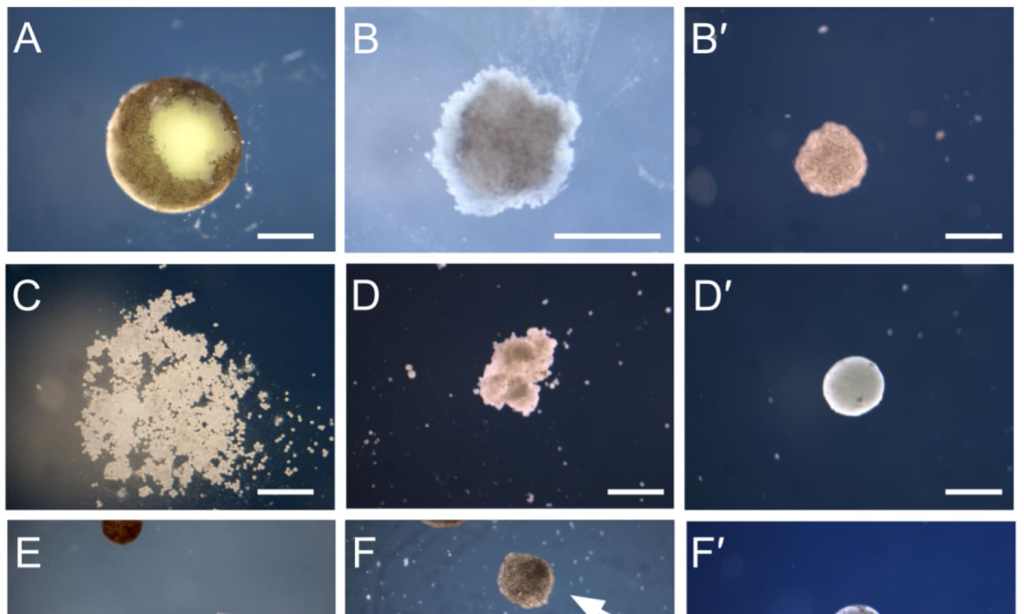In an ever-increasing bid to hasten our species inevitable demise at the hands of our own creations, scientists have now created robots that can reproduce.
Halfway between a living creature and a robot, the artificial organisms known as ‘xenobots’ can create replicas of themselves, according to scientists in the US.
They were built using heart and skin stem cells taken from embryos of the African clawed frog, Xenopus laevis. Created by biologist Douglas Blackiston at Tufts University in Massachusetts, the creatures were unveiled last year as the team working on them observed that they could move independently of humans and heal themselves after injury.
What’s incredible (or terrifying) about the latest development is that the researchers didn’t actually programme the robots to reproduce. This is simply observed behaviour from placing them in different scenarios and seeing what happens.
The xenobots are powered using artificial intelligence and learn rapidly from their surroundings, according to the study published in the Proceedings of the National Academy of Sciences.
Essentially, the robot organisms are swimming out into their environment, compiling single cells into balls, and imbuing it with life. These new “baby” xenobots can move around just like their parents and even go out and self-replicate again.
Each robot is designed on a computer and compiled using biological material by hand. The scientists have said that they were “stunned” to see the little creatures spontaneously reproduce.
“People have thought for quite a long time that we’ve worked out all the ways that life can reproduce or replicate. But this is something that’s never been observed before,” Blackiston said.
Michael Levin, co-leader of the research, said that the results of the experiment were “profound”
“These cells have the genome of a frog, but, freed from becoming tadpoles, they use their collective intelligence, a plasticity, to do something astounding,” he said.
The xenobots, which are less than 1 millimetre in length, are designed to one day be able to deliver things like medications or repairs to humans using cells taken from their own bodies. In this way, delivery would bypass the individuals own immune system and reduce the need for immunosuppressants.
“If we knew how to tell collections of cells to do what we wanted them to do, ultimately, that’s regenerative medicine — that’s the solution to traumatic injury, birth defects, cancer, and aging,” Levin said.
“All of these different problems are here because we don’t know how to predict and control what groups of cells are going to build. Xenobots are a new platform for teaching us.”
Read more stories from The Latch and subscribe to our email newsletter.







